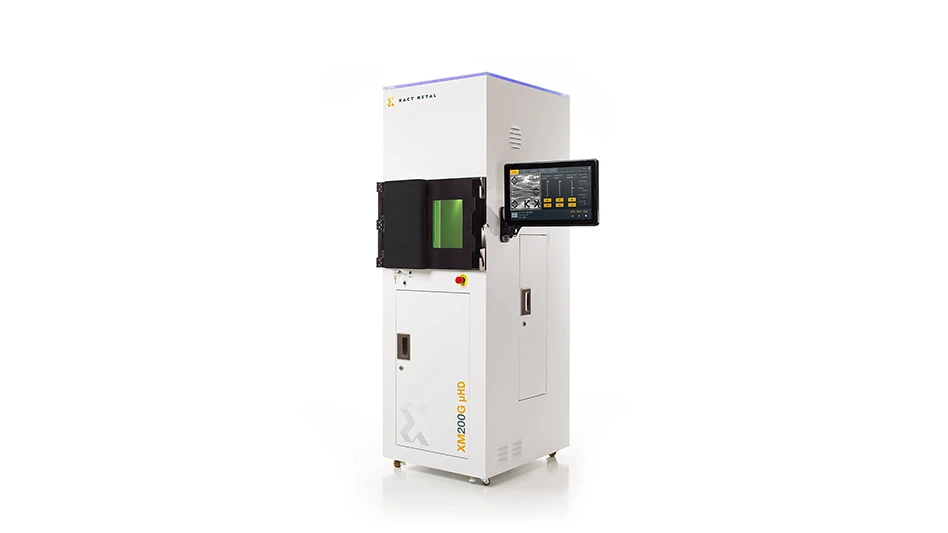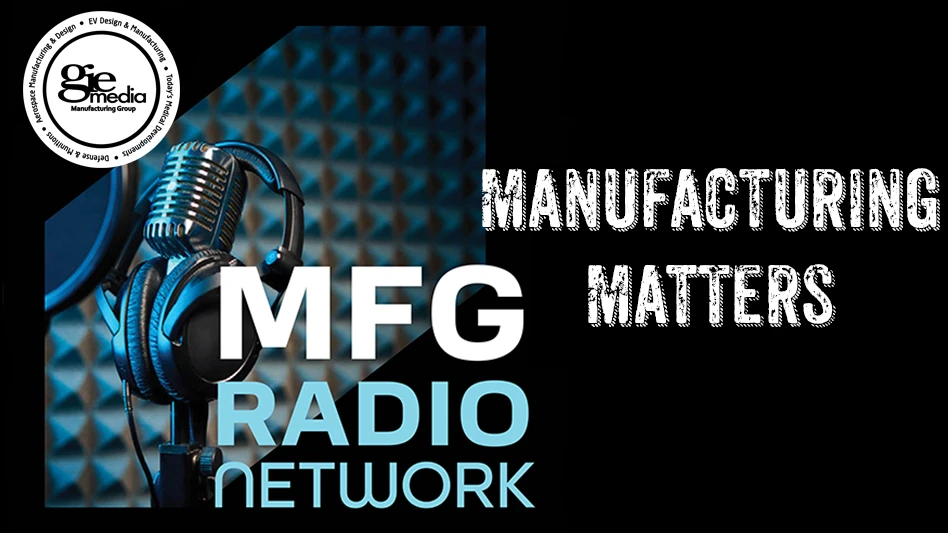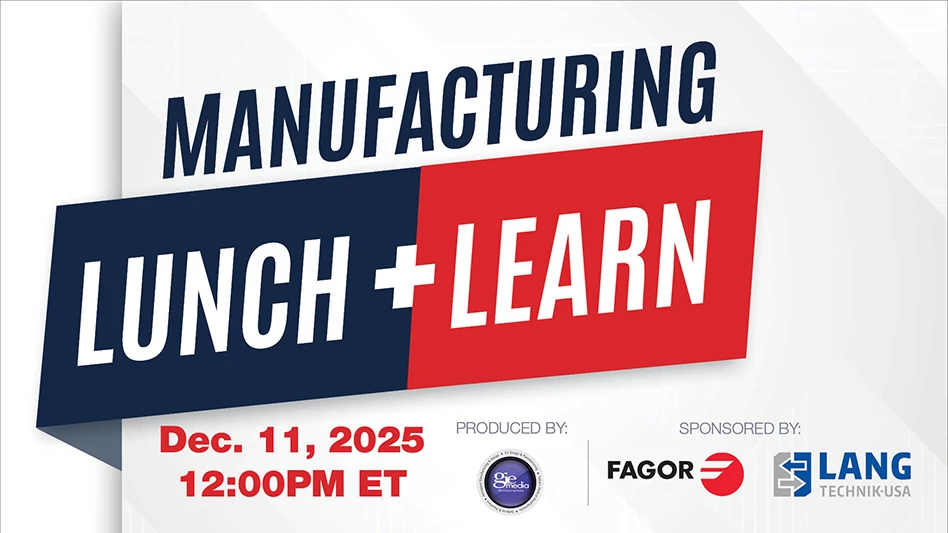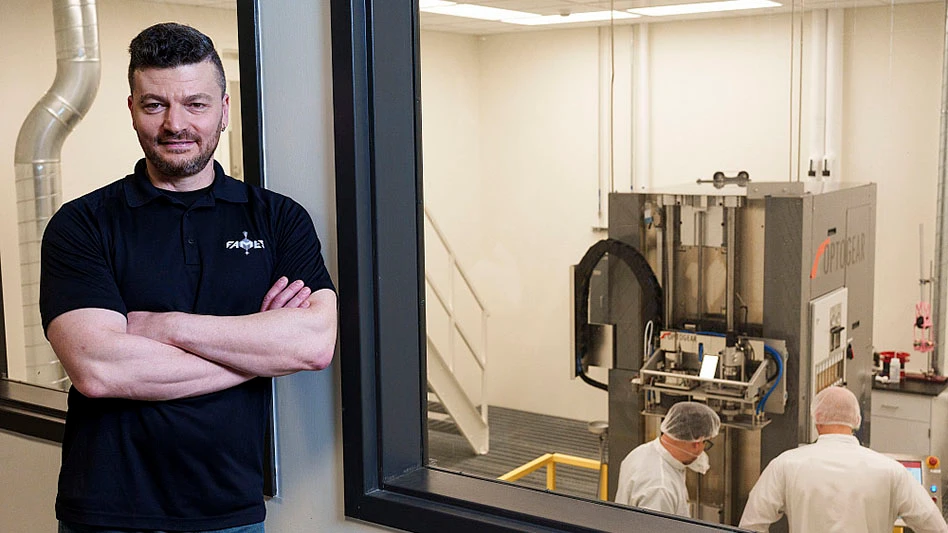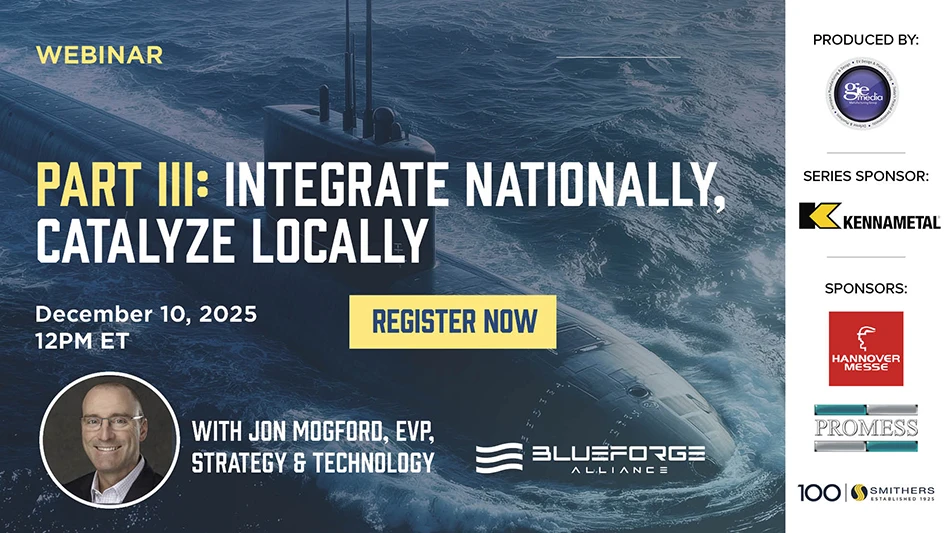
In 1984, Pacific Consolidated Industries began manufacturing cryogenic air separation devices for extreme and remote environments. Since then, the company expanded their facility and significantly increased their product line to include ruggedized onsite liquid and gaseous oxygen and nitrogen generators as well as water treatment systems used in military, medical, and the oil and gas markets. PCI has also expanded its technology platforms to include membrane and adsorption (PSA/VSA) for air separation, reverse osmosis, ozone, and microfiltration for water purification.
As PCI expanded its product line, their manufacturing requirements were being pushed to meet increased demands. Hal Weatherly, who previously worked as a consultant for one of PCI's oxygen tank vendors, was brought in to help streamline production. While initially utilizing some of the same approaches, Weatherly developed and implemented new and more effective ways to improve the overall cleanliness of their critical components. "Since we are dealing with critical care oxygen requirements, especially in hospital applications and military combat zones, our assembled components must be their absolute cleanest," Weatherly explains.
Improving Productivity
Since inception, PCI had always cleaned regulators, machined components, hoses and other parts by hand scrubbing either with solvents or in a soap and water solution. This process was quite labor intensive and required all the parts to go through a final isopropyl alcohol (IPA) rinse to ensure no contamination or soap residue was left over. Though the process met the requirements, it was neither cost nor time effective. There had to be a better solution.
After extensive research, Weatherly found the only way to efficiently clean oxygen cylinder liners, which narrow openings made this task difficult, was to use an ultrasonic cleaning process consisting of water and Omega DeScaler.
Ultrasonic cleaning creates millions of high frequency, cavitation vacuum bubbles that search out and implode on surfaces, gently but effectively removing dirt, scale, calcium, grime, oil and other residue from virtually any surface. Ultrasound is outstanding for precision, critical cleaning applications.
Weatherly contacted Omegasonics to help solve his cleaning needs and after testing a variety of parts, PCI determined the Super Pro X2 design would be ideal.
The Omega X2 chosen has dual, heated, filtered, ultrasonic baths in one self-contained portable frame to clean machined metal valves, fittings, brass regulators and plastic hoses used in a number of PCI's finished units including the Deployable Oxygen Concentration System (DOCS), the Self Generating Nitrogen Servicing Cart (SGNSC), and their Liquid Nitrogen Generators (LIN), to name a few.
Saving Time, Money
Since converting to the Omega X2 dual tank system, parts are now placed into the first station, an alkaline soap and water bath and ultrasonically processed for several minutes. The parts then go directly into a fresh water, secondary stage and are ultrasonically cleaned again to leave the finished products residue free.
This process not only reduces the cleaning time required per system from four hours to one-half hour, but eliminates the need for an IPA rinse. Because ultrasonic cleaning gets into microscopic areas more thoroughly than hand cleaning, PCI found there was no longer any residual soap or debris left to deal with. Weatherly acknowledges, "The previous cleaning method involving hand scrubbing was labor intensive and not entirely consistent. By nature, people have difficulty doing something exactly the same way every time. We aimed to streamline the parts cleaning process while proactively improving quality control. The X2 is a major contributor to this goal."

Explore the January February 2009 Issue
Check out more from this issue and find your next story to read.
Latest from Today's Medical Developments
- GrindingHub Americas launches in 2027 in Cincinnati, Ohio
- Methods Machine Tools now offers the Nakamura-Tome NT-Flex
- Battelle awards $900,000 in STEM education grants to Ohio schools
- #55 Lunch + Learn Podcast with KINEXON
- Starrett and Gerstner offer limited edition, American made 1950s replica wooden machinist tool chests
- EMCO’s UNIVERSALTURN 50: The new benchmark in universal turning
- Archetype's Expertise for Equity accelerates early-stage innovation
- Stratasys expands its AM solutions with Tritone's cutting-edge technology
